I am sure you are excited to read these interesting facts about Asian food.
After all, most people like Asian food, which is why the curiosity to know about it is not shocking.
From Chinese noodles to Indian curry, Asian food is famous all across the world.
Moreover, it is renowned the world over for being one of the most delectable cuisines. All across the globe, wherever you go, you will always find an Asian restaurant nearby. There are many varieties like Chinese, Indian, Thai, Vietnamese, and so on.
The delightful use of spices to great effect leaves one craving for more.
To give you more insights into your favorite food type, we will talk about some of the most interesting facts about Asian food.
Here are some quirky facts about Asian food:
Interesting Facts About Asian Food
1. Eating Soup the Wrong Way
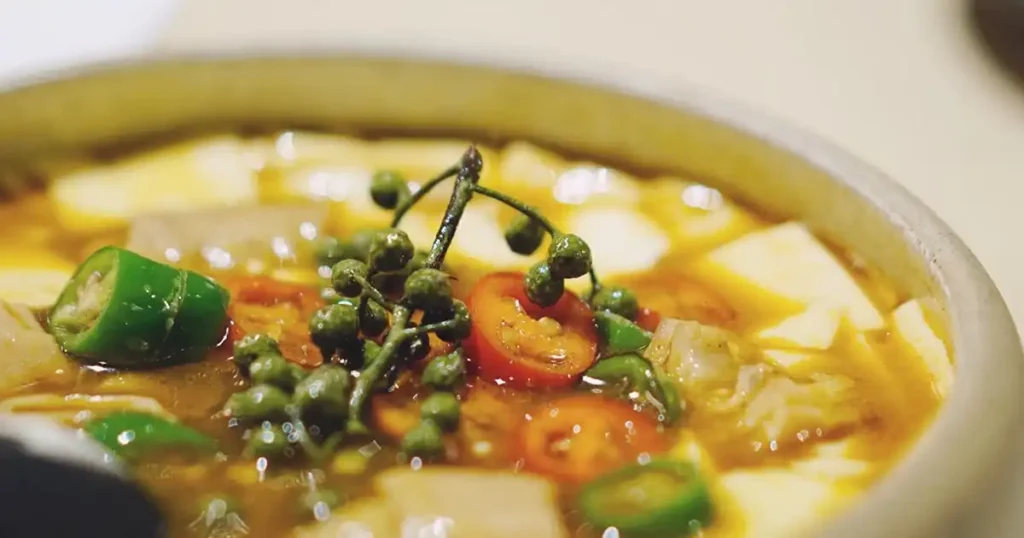
Yes, the soup is not a starter in Chinese cuisine.
The timing and purpose of consuming soup can vary depending on regional customs, personal preferences, and specific dining situations.
In traditional Chinese medicine, there is a belief that consuming warm soup after a meal can aid in digestion. Some people follow this practice by having a small bowl of soup at the end of their meal.
It is eaten after the main course, to help digest the food.
2. Chinese Food is Not the Healthiest
While there are many healthy options in Chinese cuisines, such as steamed vegetables, stir-fried dishes with lean protein, and soups with nutritious ingredients, one must be mindful of certain aspects when choosing Chinese dishes.
Some dishes may be deep-fried, high in sodium, or contain added sugars and MSG (monosodium glutamate), which can affect the overall healthiness of the meal.
Sauces like sweet and sour, oyster sauce, or hoisin sauce can also be high in sugar or sodium content.
3. Chopsticks are Ancient
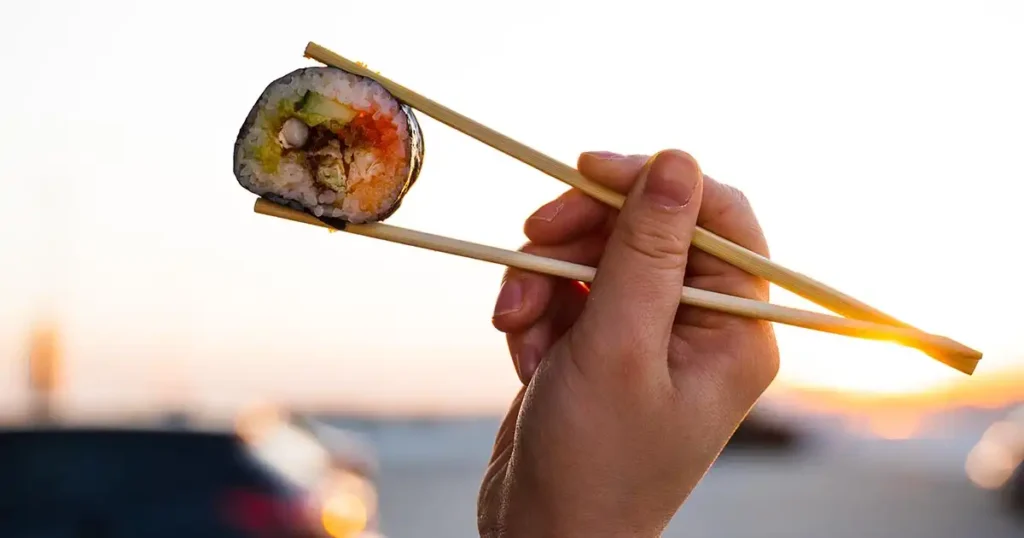
Chopsticks have a long history and are considered an ancient utensil for eating and cooking in many East Asian cultures. They have been used for thousands of years and have become an integral part of dining traditions in countries such as China, Japan, Korea, and Vietnam.
The exact origin of chopsticks is not entirely clear, but they are believed to have originated in China around 5,000 years ago.
4. Noodles are 4000 Years Ago
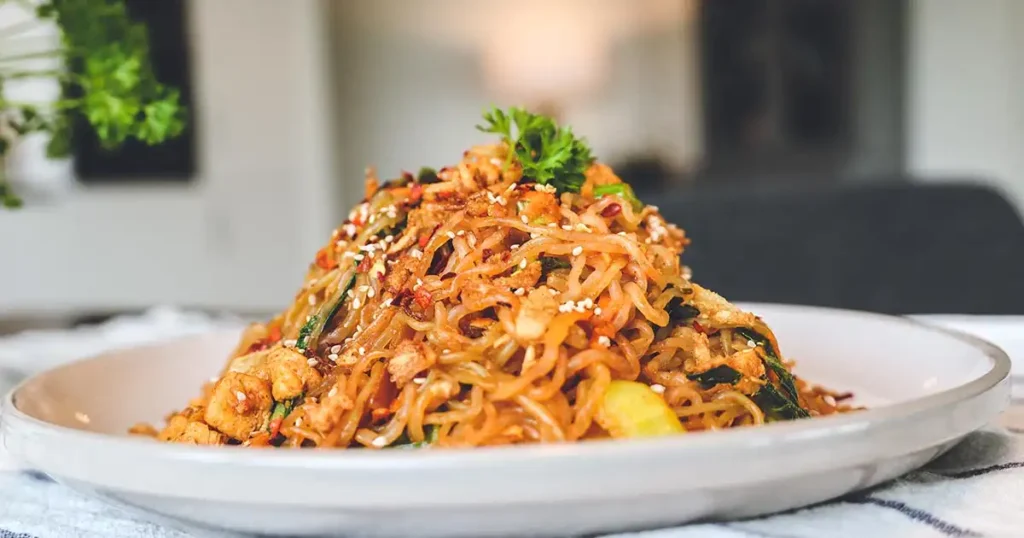
Noodles have a long history that can be traced back several thousand years. While the exact origins of noodles are debated among historians, evidence suggests that Lajia, a historic place in North China gifted noodles to the world.
The earliest known record of noodles dates back to ancient China during the Han Dynasty (206 BC – 220 AD). Archaeological discoveries, such as an earthenware bowl with preserved noodles found in northwestern China, provide evidence of their existence during this period.
5. The ‘chop suey’, is a Motley Collection of Food
The favorite dish of millions of people, the ‘chop suey’, is a motley collection of food. It translates into ‘miscellaneous leftovers’. It is indigenous to the USA, but entirely made by Chinese immigrants.
Chop suey’s reputation as a motley collection of food stems from its varied composition and ability to incorporate various ingredients, making it a flexible and adaptable dish in Chinese-American cuisine.
6. Sea Urchins, Anyone?
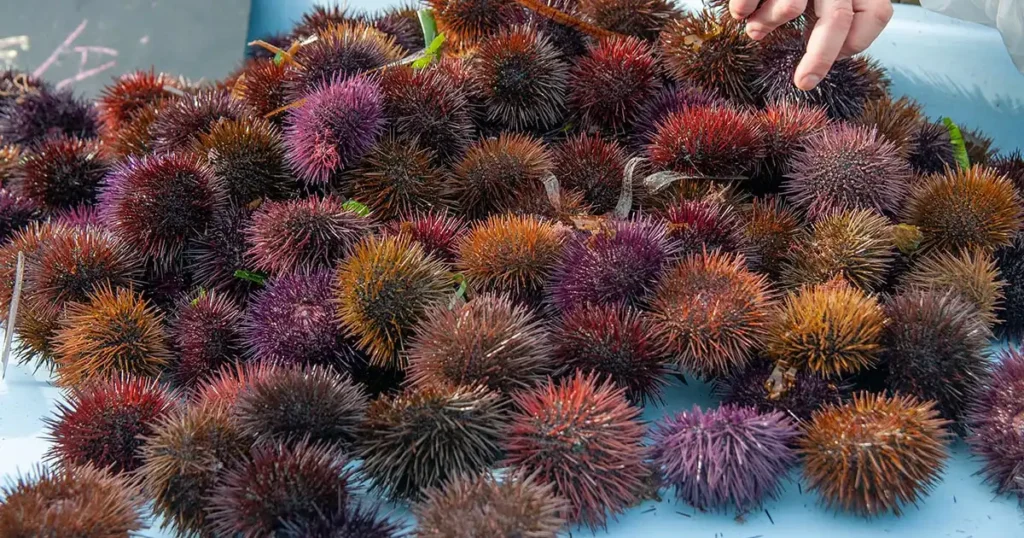
Sea urchins, known as “uni” in Japanese, are highly regarded and consumed in Japan.
They have a unique flavor and texture described as rich, creamy, and briny. However, sea urchin is indeed considered an acquired taste, as its distinct flavor and texture may not appeal to everyone.
7. The Michelin Star
Lung King Heen, located in Hong Kong, was the first Chinese restaurant to receive three Michelin stars. Michelin, a renowned French guidebook publisher, awards Michelin stars to restaurants as a mark of culinary excellence.
Lung King Heen gained its three-star status in the Michelin Guide for Hong Kong and Macau in 2009. The restaurant is renowned for its exquisite Cantonese cuisine and exceptional dining experience. It is situated within the Four Seasons Hotel in Hong Kong and offers panoramic views of Victoria Harbour.
The achievement of three Michelin stars by Lung King Heen was a significant milestone, as it recognized the high-quality culinary craftsmanship, attention to detail, and outstanding flavors found in Chinese cuisine. It also helped to elevate the international perception of Chinese gastronomy.
Since then, other Chinese restaurants have also been awarded three Michelin stars in different locations worldwide, further highlighting the excellence and diversity of Chinese cuisine.
It is worth noting that Michelin star ratings are subjective and can change over time as restaurants evolve and new establishments emerge. Nonetheless, Lung King Heen’s achievement remains significant in showcasing the culinary artistry of Chinese cuisine.
8. Asian Food is Cut and Chopped Into Small, Bite-Sized Pieces
Most Asian food is cut and chopped into small, bite-sized pieces, to facilitate eating using chopsticks.
The cutting and chopping techniques in Asian cooking can vary depending on the cuisine, specific dishes, and regional preferences.
In many Asian cultures, including Chinese, Japanese, and Korean cuisines, there is an emphasis on preparing food in a way that makes it easy to eat with chopsticks or utensils.
For example, stir-fried dishes in Chinese cuisine typically feature ingredients that are thinly sliced or diced for quick and even cooking.
9. The Colombian Connect
Although Chinese food is largely indigenous, it has had some influence from the Spanish settlers in Colombia back in the day, by way of trade.
10. Cantonese Cuisine
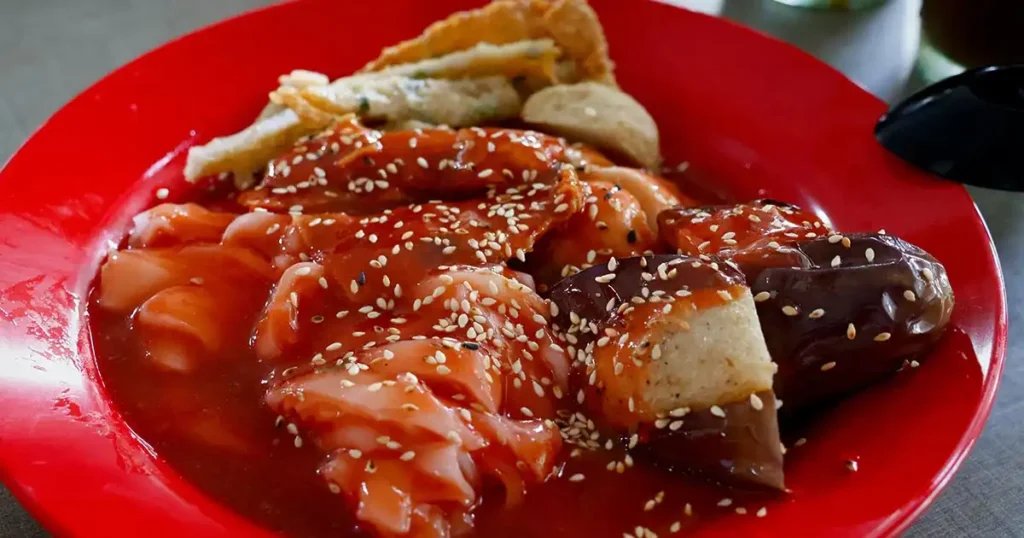
Cantonese cuisine is known for its diverse range of meat options, which includes some unique and lesser-known ingredients. Cantonese cuisine, originating from the Guangdong province of China, is celebrated for its emphasis on fresh ingredients, delicate flavors, and various cooking techniques.
In Cantonese cuisine, it is common to find a wide selection of meats, including both poultry and exotic options. Some examples of meats commonly used in Cantonese dishes are:
Snakes
While not as common or widely consumed as other meats, snakes are occasionally used in Cantonese cuisine, particularly in certain regions or during specific occasions. Snake meat is believed to have medicinal properties in traditional Chinese medicine.
Duck Tongue
Duck tongue is a delicacy in Cantonese cuisine. It is typically marinated, stir-fried, or used in hot pot dishes. Duck tongue has a tender texture and is enjoyed for its unique flavor.
Chicken Feet
Chicken feet, often referred to as “phoenix claws” or “phoenix talons,” are a popular ingredient in Cantonese dim sum. They are typically deep-fried, braised, or stewed to achieve a gelatinous texture and are enjoyed for their rich collagen content.
Apart from these unique options, Cantonese cuisine also includes commonly consumed meats such as pork, beef, chicken, and seafood. The versatility and variety of meat choices in Cantonese cuisine contribute to its reputation as a rich and diverse culinary tradition.
11. Yogurt Originated in Central Asia

The origins of yogurt can be traced back to Central Asia, specifically in the region that encompasses present-day Turkey, Iran, and the Balkan countries.
It is believed that yogurt was discovered and developed by ancient nomadic cultures in this region thousands of years ago.
12. Horse Meat
While eating horse meat is taboo in a majority of Western countries. However, in Central and Eastern Asian countries such as Mongolia, Kazakhstan, and Kyrgyzstan, horse meat is considered a part of their traditional cuisine and is freely cooked and consumed.
In countries like Mongolia, horse meat is commonly eaten and is prepared in various ways, including cooked, dried, or fermented. It is often incorporated into stews, soups, and sausages, or used as a filling for dumplings. Horse milk is also a traditional beverage in some nomadic cultures.
13. The Biryani Originated in the Indian Subcontinent
The Biryani originated in the Indian subcontinent due to Muslim rule. It is also consumed in Pakistan, Bangladesh, Iran, and Iraq. It is quite a spicy dish, which is renowned for the burst of flavors it provides inside the mouth.
14. Tempura is Heavily Influenced by the Cooking Techniques of the 16th-Century Portuguese
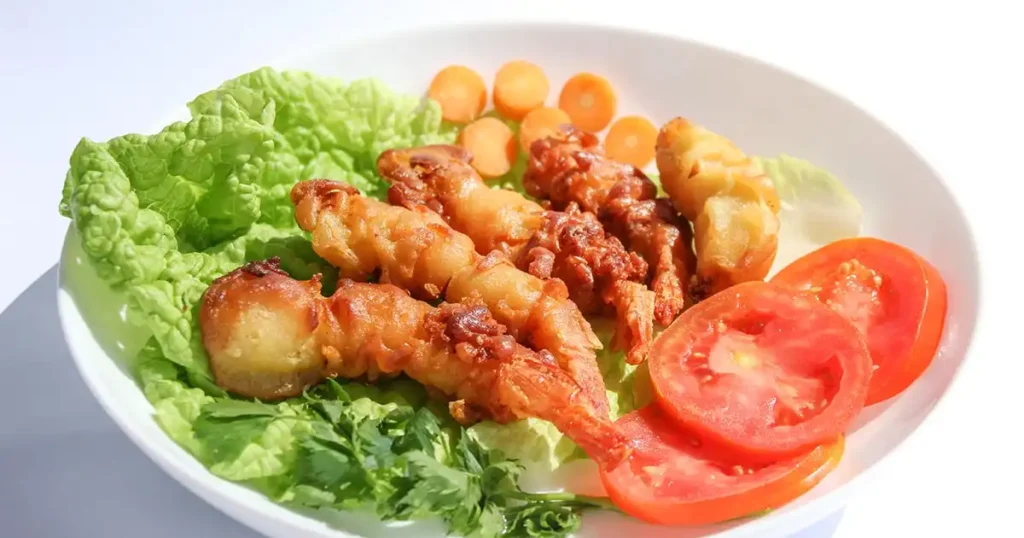
Tempura, a popular Japanese dish consisting of battered and deep-fried seafood, vegetables, or other ingredients, has its roots in Portuguese cuisine. The dish was introduced to Japan by Portuguese traders and missionaries during the 16th century, specifically during the time of Portuguese contact with Japan.
The Portuguese brought with them a cooking technique known as “peixinhos da horta” or “little fish from the garden,” which involved deep-frying vegetables in batter. This cooking method was adapted by the Japanese and eventually evolved into what is now known as tempura.
15. The Kumro Ful Bhaja (Pumpkin Tempura)
A delicacy in Eastern India and Bangladesh, this is nothing but an Indianised version of tempura. It is a deep-fried snack or side dish made with pumpkin slices coated in a spiced batter and then fried until crispy.
While the name “tempura” is used to describe the dish, it is important to note that the preparation and flavors of Kumro Ful Bhaja are distinct from the traditional Japanese tempura. The Indian version incorporates local spices and ingredients, giving it a unique taste profile.
16. Fragrant Meat Alert
Fragrant meat, all over China, refers to dog meat. So, it is best to be careful and know what it means.
In recent years, there has been a growing awareness and advocacy for animal welfare, leading to increased criticism and calls for the prohibition of dog meat consumption in many parts of the world, including China.
The perception and acceptance of consuming dog meat have been changing, and there are efforts to discourage or ban its consumption due to concerns about animal cruelty, public health risks, and cultural sensitivities.
17. Tea Holds Great Cultural Significance
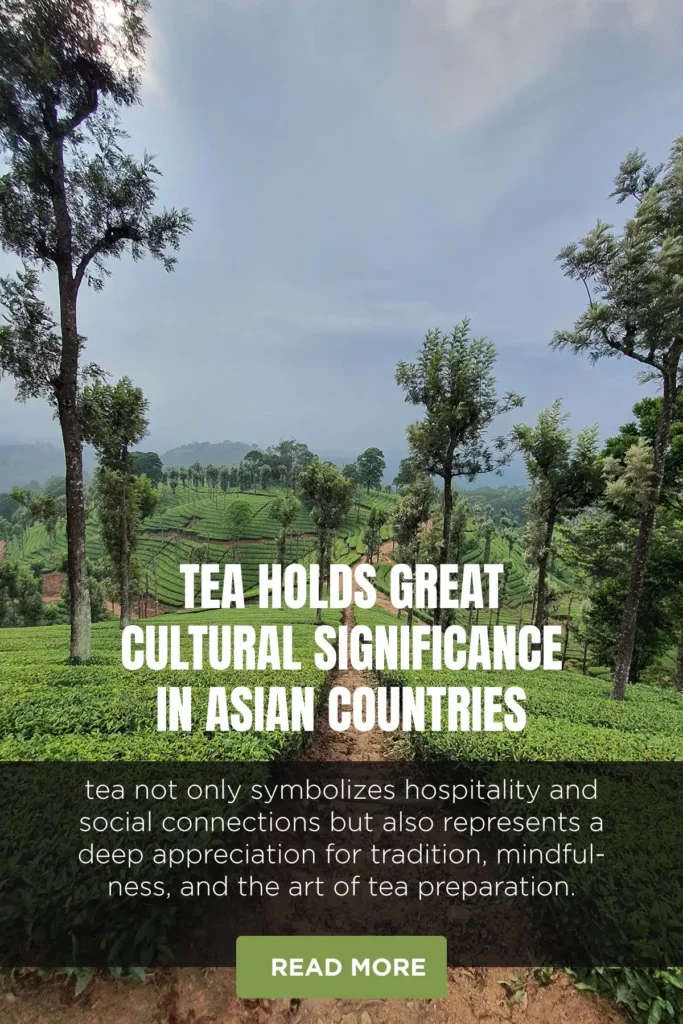
Tea holds immense cultural significance in Asian countries like China, Japan, India, and Korea.
In China, tea is deeply embedded in everyday life, from traditional tea ceremonies to the daily enjoyment of various tea types.
Japan’s tea culture revolves around matcha and the serene tea ceremony.
India, known for its vast tea plantations, cherishes chai as a staple beverage, brewed with spices and milk.
Korea, too, has a strong tea culture, with its own tea ceremonies and unique tea varieties.
Across these nations, tea not only symbolizes hospitality and social connections but also represents a deep appreciation for tradition, mindfulness, and the art of tea preparation.
18. The Beijing Roast Duck
At one time, no one had permission to eat it except the Emperor of China.
The dish has a long and storied association with Chinese imperial cuisine. It is said that during the Ming Dynasty (1368-1644) in China, Beijing Roast Duck was indeed considered a delicacy reserved for the emperor and the imperial court.
Over time, as China’s culinary traditions evolved and the country underwent significant social and political changes, the exclusivity of Beijing Roast Duck gradually faded away. With the fall of the imperial system and the emergence of a more egalitarian society, the dish became accessible to the general public.
19. Gorging on Ice-Cream? Thanks, China for its Invention!
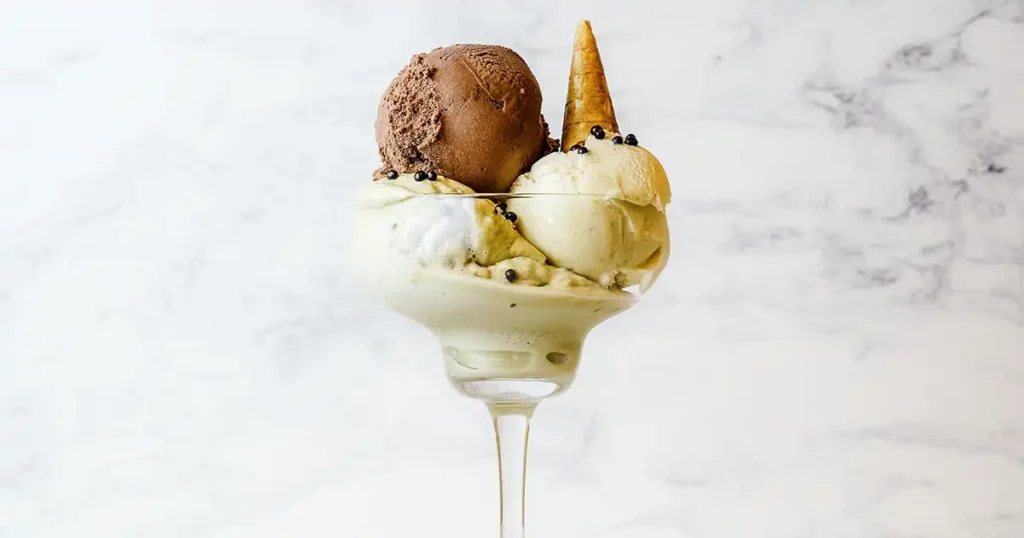
The Chinese are known for their early innovations in frozen desserts. They used ice and saltpeter (potassium nitrate) to create a mixture that would freeze at a lower temperature, resulting in a smoother texture. This technique allowed them to produce a frozen treat similar to what we now know as ice cream.
Over time, the concept of frozen desserts made its way from China to other parts of the world. It is said that the methods and recipes for making ice cream were eventually brought to Europe through trade routes and explorations.
20. Chinese food is Exceedingly Varied
The Chinese eat an array of delights. Some of the things that the Chinese people eat might even shock you. Chinese cuisine includes pig’s ears, head, feet, boiled blood, liver, kidney, intestines, heart and lungs, dogs, snakes, and insects.
You may also like:
Summary
These were some of the most interesting facts about Asian food.
Asian cuisine has a great variety. The best thing is that there are different types of Asian foods, so whether you like it hot and spicy or bland and mellow, there is something for everyone!
Which one of these interesting facts about Asian food did you already know? Let us know in the comment section below!
Disclaimer: We do not endorse meat consumption or animal cruelty. Our mission is to promote compassion and ethical choices for the well-being of all living beings.



